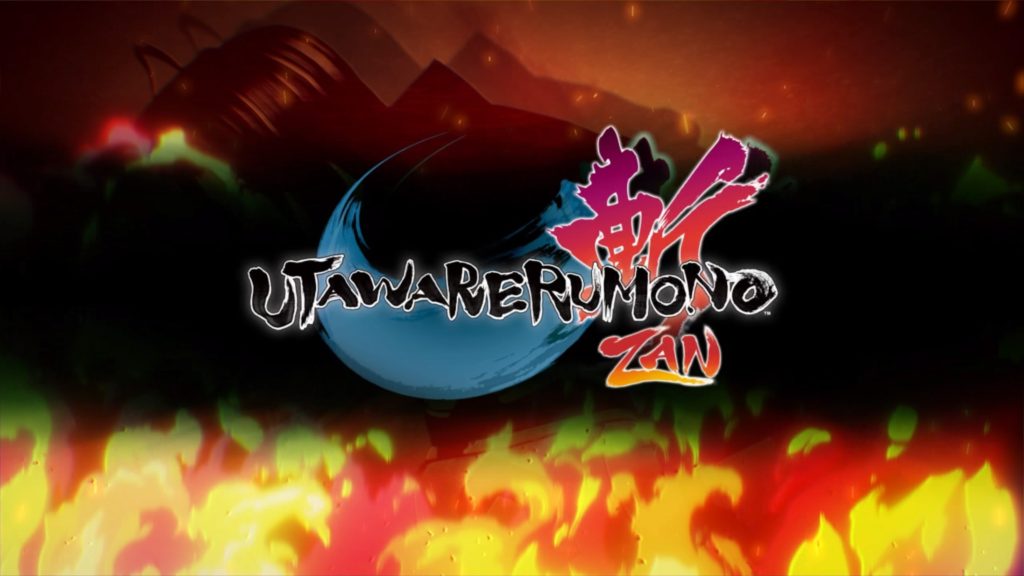
How does one explain the complexity that is Utawarerumono? Well first off, it’s a PC game that was turned into an anime, a manga, a radio serial, and several more games. On top of that, the plot is complex and nuanced, and the story is well-versed in Ainu culture (the indigenous people of Japan). Ok, that told you pretty much nothing, but it gives you a vague idea of how deep the series goes. Two domestic titles were released in the Utawarerumono series, Utawarerumono: The Mask of Deception and Utawarerumono: The Mask of Truth, both for multiple platforms. They’re fantastic, a dense read, and you should definitely play them if you’re into visual novels with a few other gameplay elements.
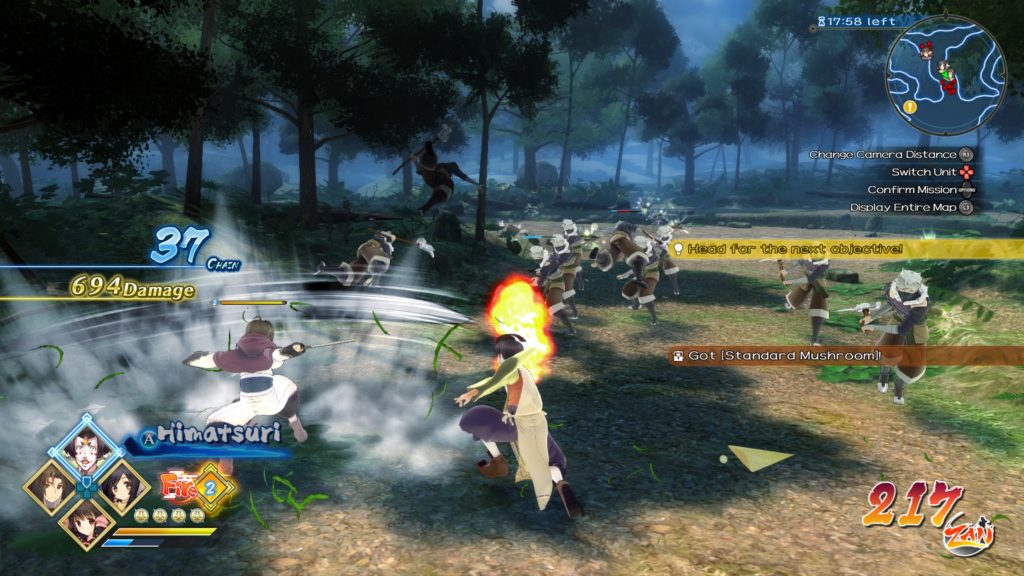
Into that mix drops Utawarerumono: Zan for the PS4, released by the venerable NIS America, which I had initially expected was another entry in the same vein, and henceforth I shall call Zan for expediency. Zan is not a visual novel. Zan is instead a Musou style combat game based on the Utawarerumono universe, much like the recent Berserk and the Band of the Hawk game or Dragon Quest Heroes, both also for the PS4. Turns out that Aquaplus teamed up with Tamsoft to pump out a Dynasty Warriors style combat game and they came out with Zan. When I received it, I had absolutely no idea such a thing even existed. So what is it like and how does it play? Let’s find out.
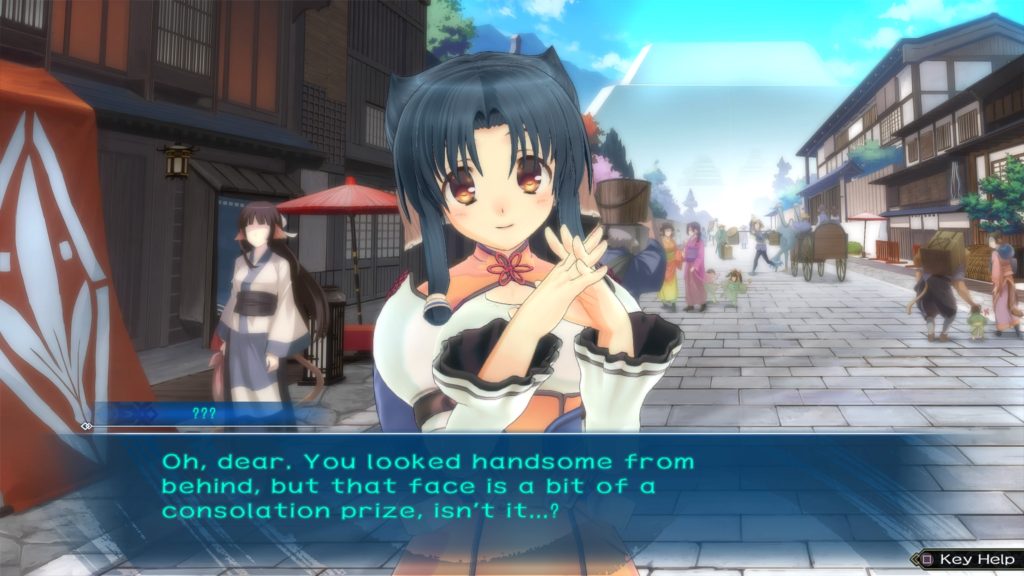
Zan is kind of a mixed bag. It takes the storyline from the original games, blends it up a bit, gives a superficial explanation of events with a surprisingly long-winded amount of dialogue (and a fair amount of comedy), and then drops you into combat. Unlike other musou games, Tamsoft gives you multiple playable characters in combat, allowing you to switch between 4 different playable characters at any time during combat, each with their own special abilities. It’s pretty chaotic, but the AI is decent and they manage to hold their own in most fights. Just like any other game in this genre, you fight waves of enemies, fulfill battle goals, and fight tougher boss units at the end of a level. It also seems that Zan is a bit, how shall we say, mediocre in its execution of combat itself.
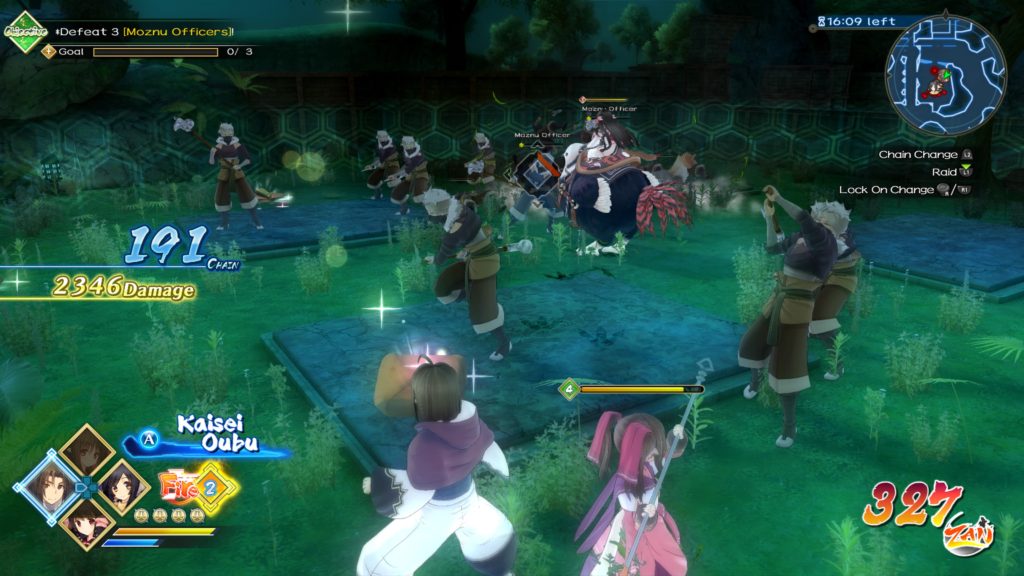
While you are given a large number of moves, abilities, and special attacks in Zan, you pretty much don’t need them most of the time. Spamming basic attacks pretty much kills everyone but bosses for the entire first half of the game. This means that you don’t really need any finesse and you end up not trying to use any because the combat is so frantic with three AI companions that you can barely see what’s going on. Sure, there’s a tutorial that shows you how to do all the fancy footwork and bladework, but within a couple stages, you haven’t really been forced to use it and you forget. Then, when you do finally need all that skill, the difficulty ramps up so suddenly that you simply get walloped.
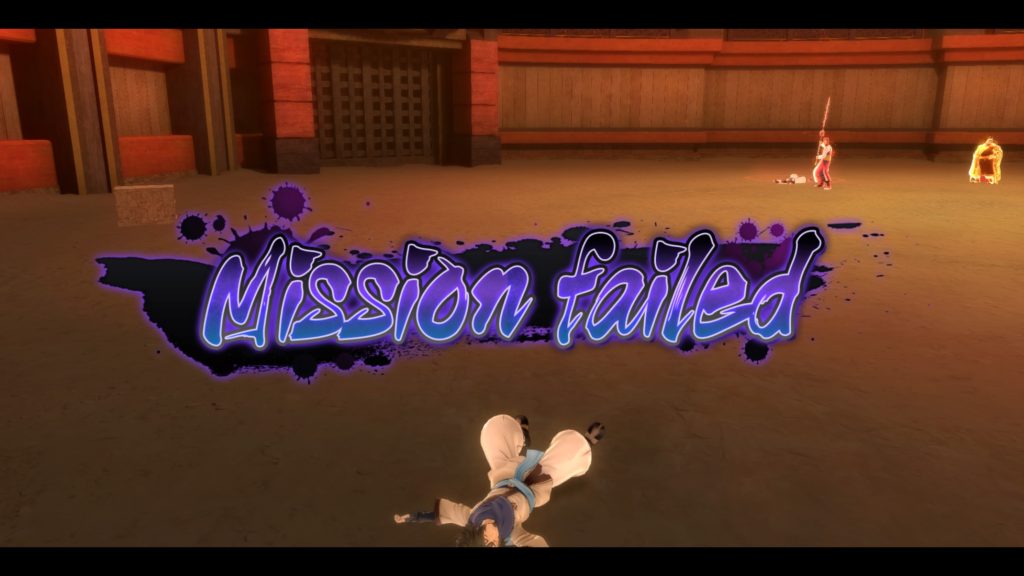
Now don’t get me wrong, I’m sure that if you bothered to master all the moves and really finesse the combat system, you’d manage to make it fairly elegant. Controls are tight and responsive, gameplay is straightforward, and it’s entirely doable. Unfortunately, there’s so much exposition in the story sequences, you almost forget how to play by the time you get back to another combat scenario. This is the worst of both worlds. Not only do you have a combat game with complex nuance that doesn’t require its use, but you’re waiting up to a half-hour or more between stages for everybody to stop chatting and get to the next scenario. The pacing is simply terrible.
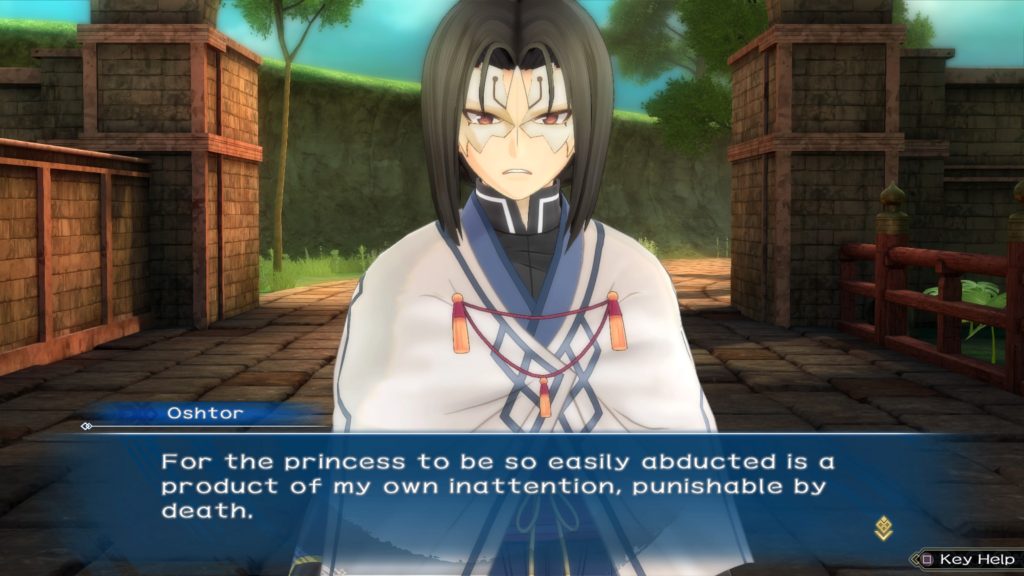
Zan won’t appeal to visual novel fans because it doesn’t go into enough detail and you’re utterly lost if you’re unfamiliar with the Utawarerumono universe and it forces you to play abrupt combat scenes when you’re not warmed up, and it won’t appeal to musou fans because you’ve got a heaping mound of dialogue between every stage that doesn’t keep you going and the combat is sub-par. Chances are if you’re a musou fan, you skipped this one anyway, but if not, it just doesn’t have the magic of a main-line Dynasty Warriors title. The combat isn’t as good somehow, and it’s not anywhere near as gratifying to knock down the popcorn enemies that constantly surround you. In fact, most goals can be completed without even killing most of the background enemies and just walking past them, a major design flaw. There’s no reason to even fight most of them, and once you’ve completed the final goal and unlocked the boss fight, all the other enemies vanish.
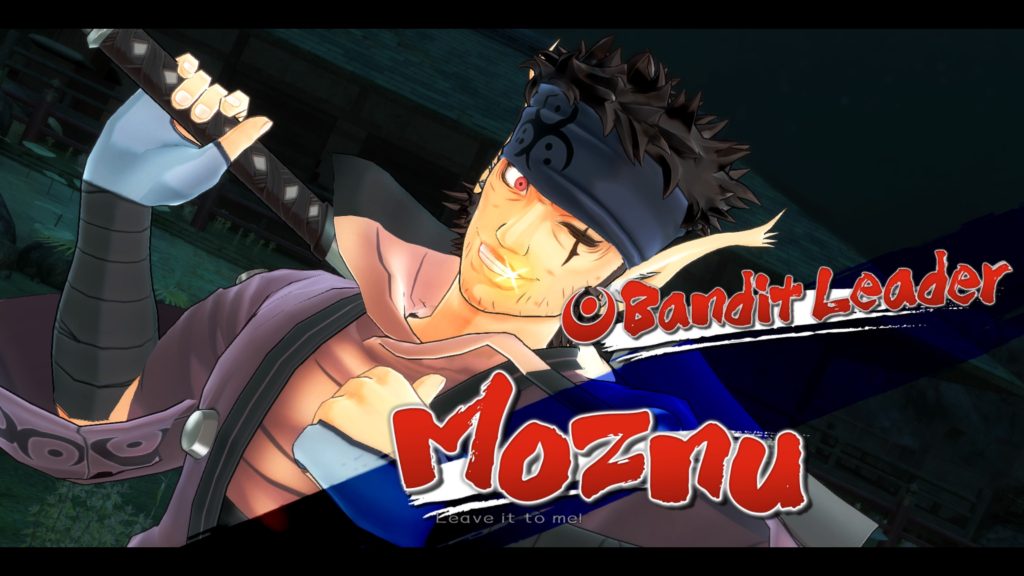
On the upside, Zan is a gorgeous game. The visuals in the dialogue sections are outstanding, the gameplay is clean and well-choreographed and the attacks and special moves simply look amazing! Honestly, it’s an absolute pleasure to watch the combat in action, and the anime sequences are AAA level artwork. In terms of music, Zan is no slouch either and I found some of the tracks quite enjoyable. There really weren’t any corners cut in the technical department, aside from a bit of popoup/fading on the enemies, but that’s fairly standard for musou style games.
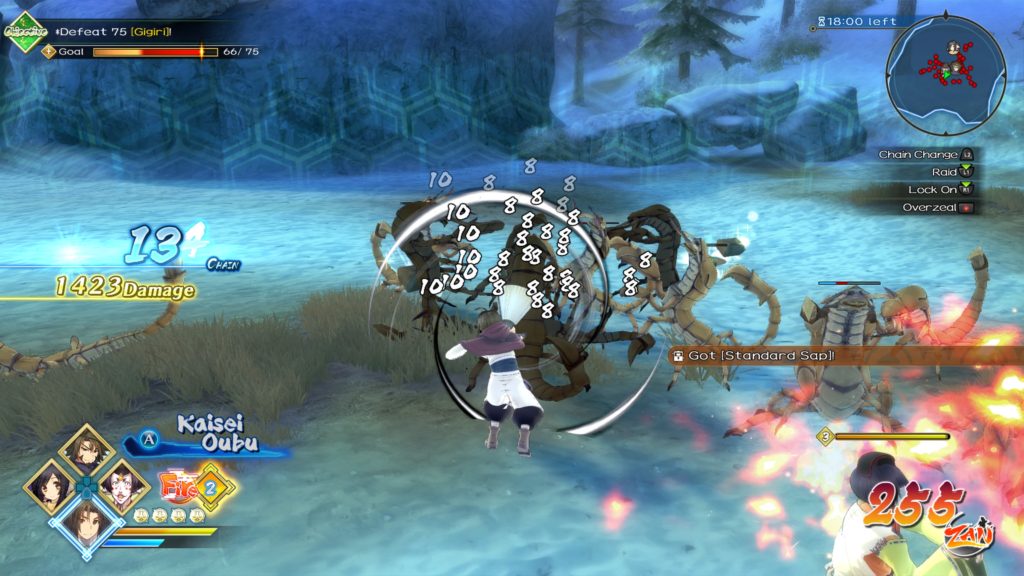
There’s actually a lot more to Zan as well, including a roulette-style item system, upgrades to your characters that you pay for with battle points earned in combat (very slowly if you don’t master techniques!), new sigils to change attacks, online co-op, replayable missions, a free mode that lets you grind for battle points, and a whole lot more. Honestly, Zan is so chock full of side stuff to do that you could spend a year playing it. But in the long run, all those options bog it down, and the tutorial explanations on how to use it all drag on and on. It’s almost as if the devs just added anything they could think of to flesh out the game. The roulette item system in particular reminded me of free to play phone games and that’s not a good thing. Sure, mastering all those things is going to make you unstoppable in combat eventually, but the important thing is that none of it is fun. No one wants a deep management system in a musou game. Nor do I want to grind levels for battle points in a game that’s primarily focused on story, or even play it online co-op (which I didn’t try, to be fair).
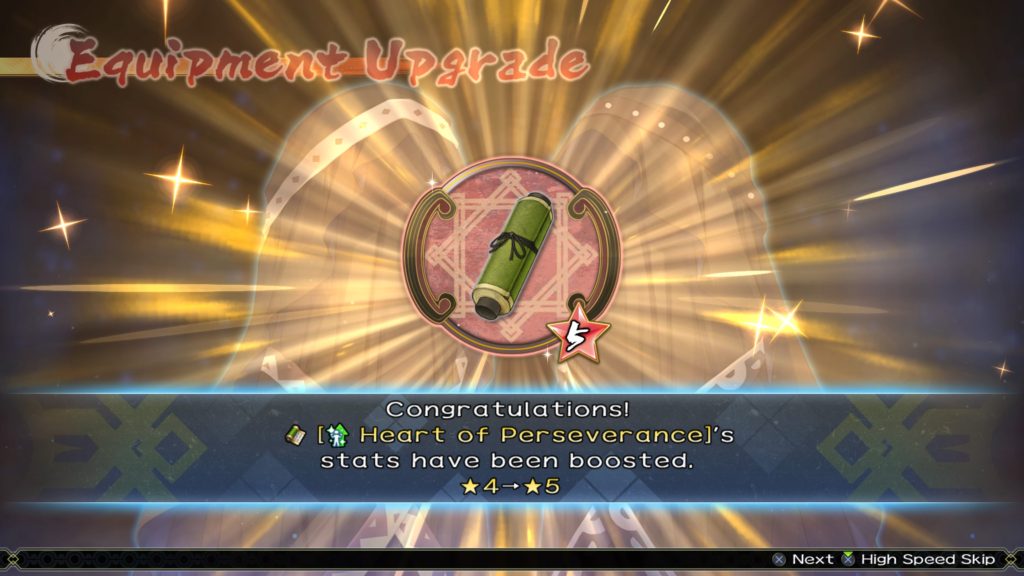
I honestly don’t know who Tamsoft and Aquaplus thought they were making this game for. I mean, maybe there are hardcore Utawarerumono fans out there that were craving an action title in the franchise, but certainly not many! I can’t imagine anyone simply picking this one up to see what it is either, as it doesn’t have any mainstream gamer appeal. It’s a niche title in a niche market for a niche franchise and that doesn’t spell much in the way of success. Chances are, if you’re a fan of Utawarerumono, you might enjoy Zan but find it a bit unfulfilling. If you’re not a fan, Zan will confuse and irritate you. Again, it’s not that it’s bad, it’s just a weird combination of two radically disparate genres that doesn’t end up meshing all that well. Both sides are well-done, but they never really connect in a meaningful way. Gameplay never really finds it’s footing either, and you’re not forced to use new techniques in a meaningful way for a large part of the game.
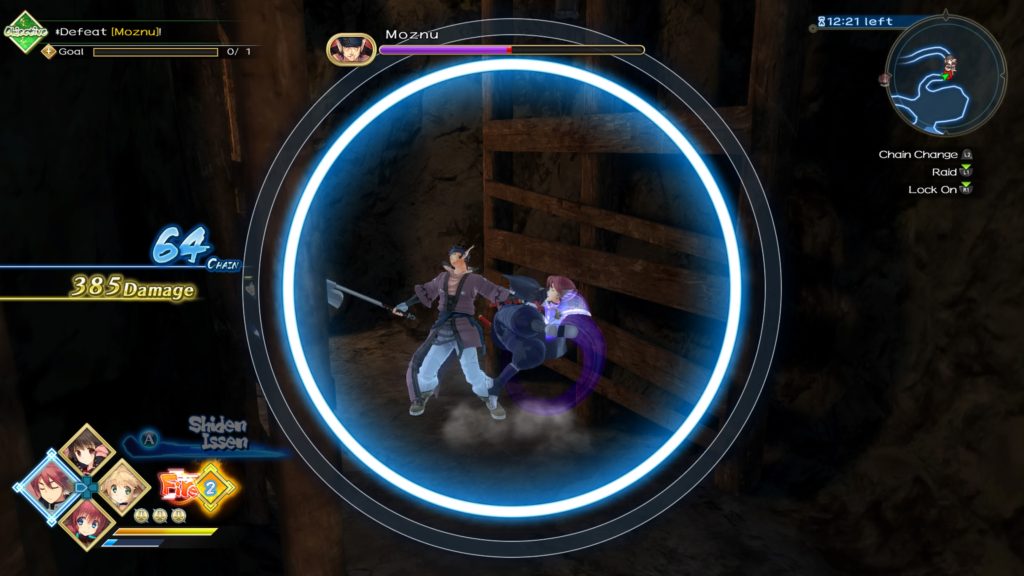
At full $60 AAA price, I definitely can’t recommend Utawarerumono: Zan unless you’re a hardcore fan of the franchise, and even then, it’ll take a fair bit of patience. But at the same time, it’s not a bad game. All the disparate parts are well-designed in their own right, and if it’s your thing, some time spent could equal a very enjoyable time. It’s just not for everyone. It certainly wasn’t my cup of tea, and I’m a fan of both the Utawarerumono visual novels and musou games.
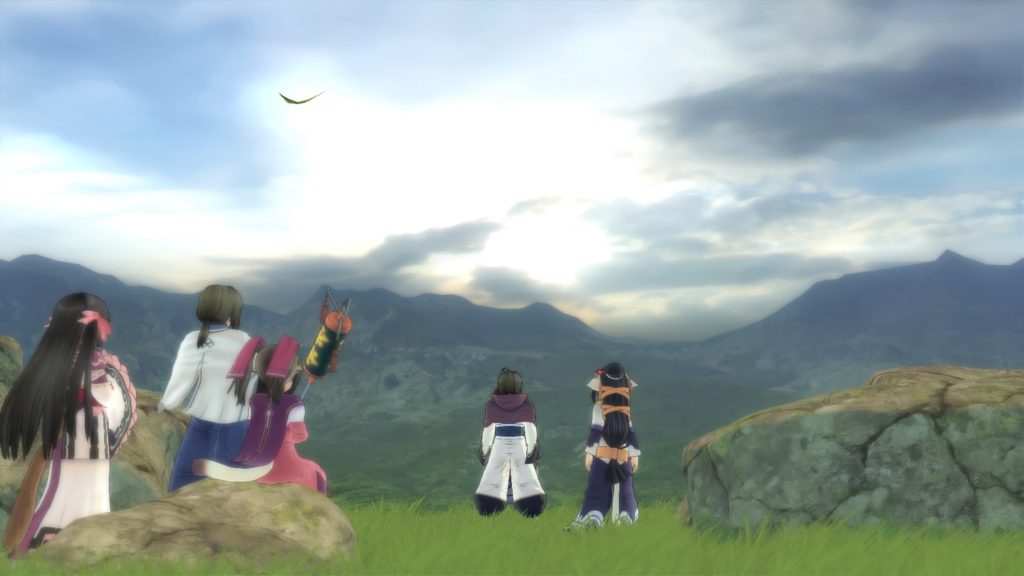
This review was based on a digital copy of Utawarerumono: Zan for the PS4 provided by the publisher. It was played with a PS4 Pro on a 1080p Sony LED TV. All screenshots are of actual gameplay. If you’re interested in the history of Japan, the Ainu are fascinating and the Utawarerumono series is one of the only games out there that references them heavily. Definitely read up a bit!

